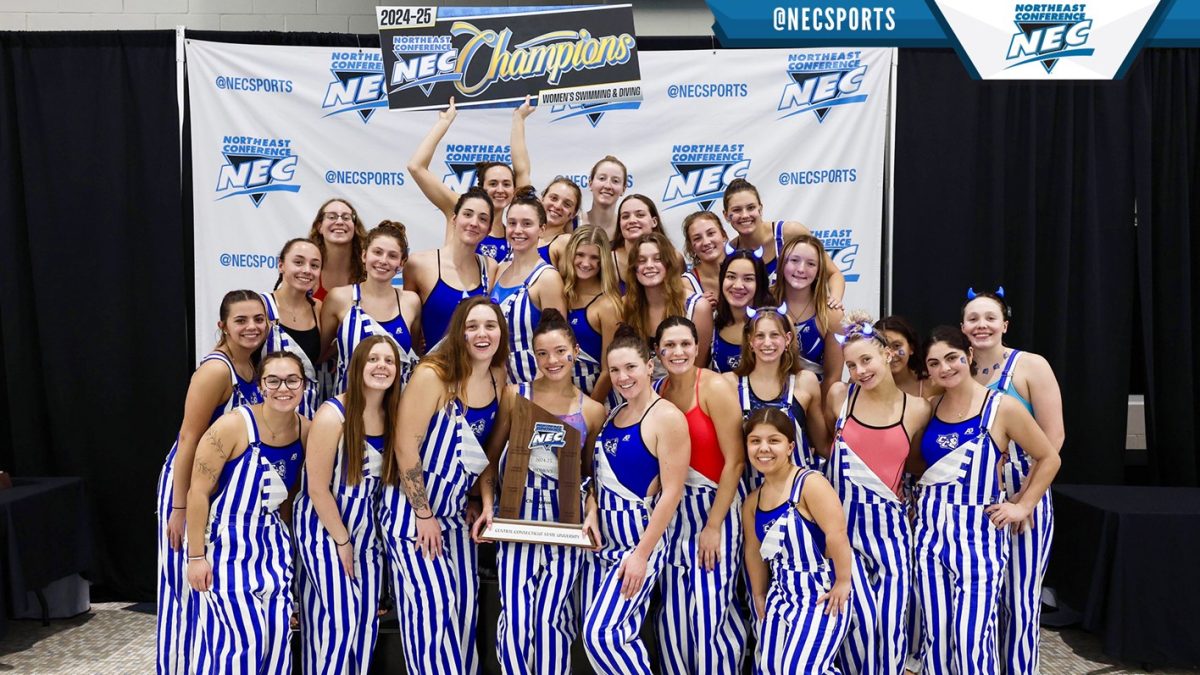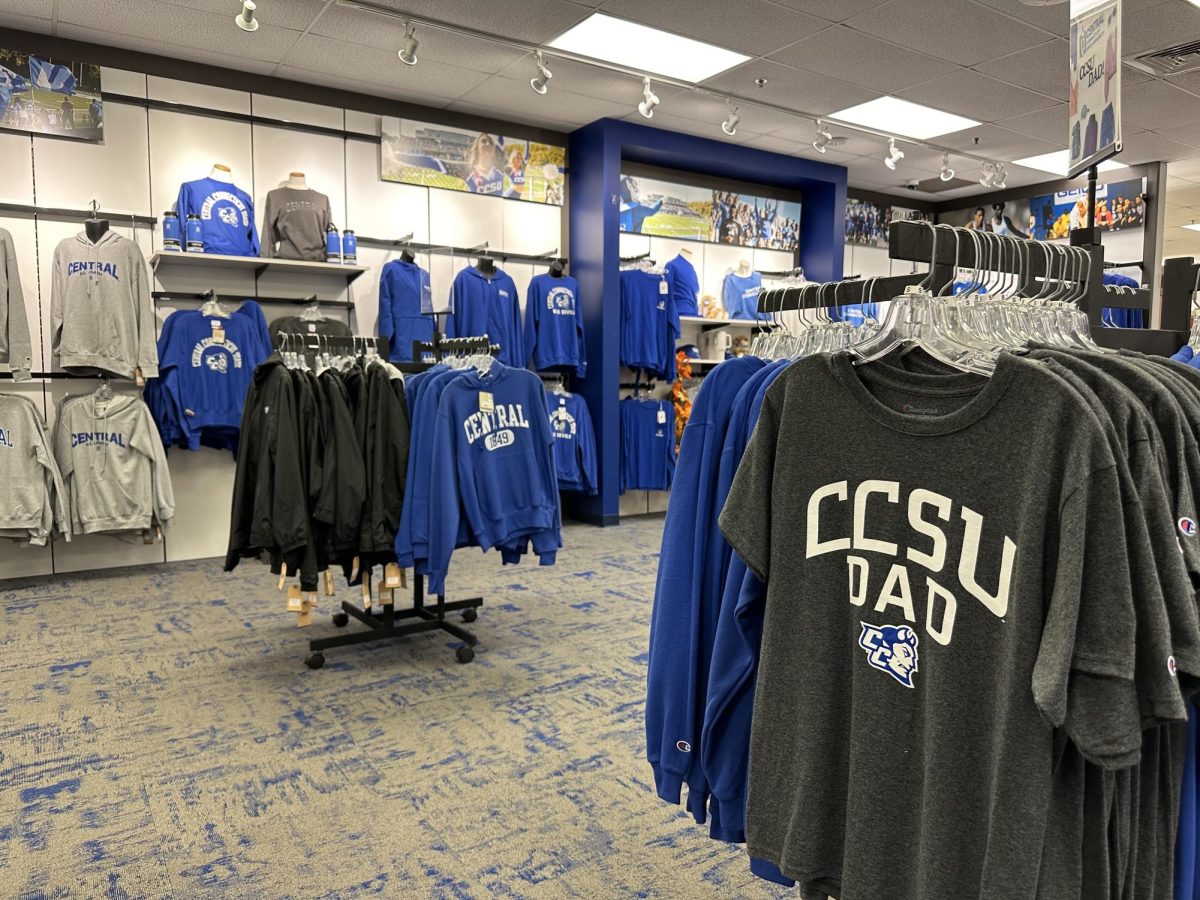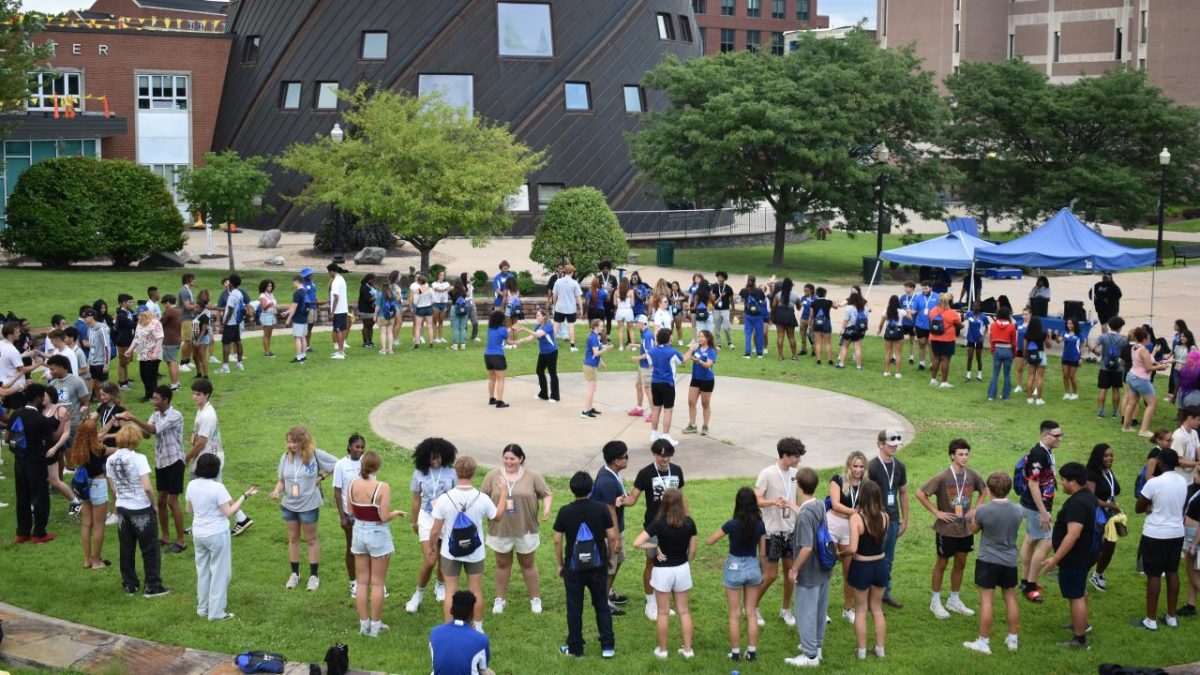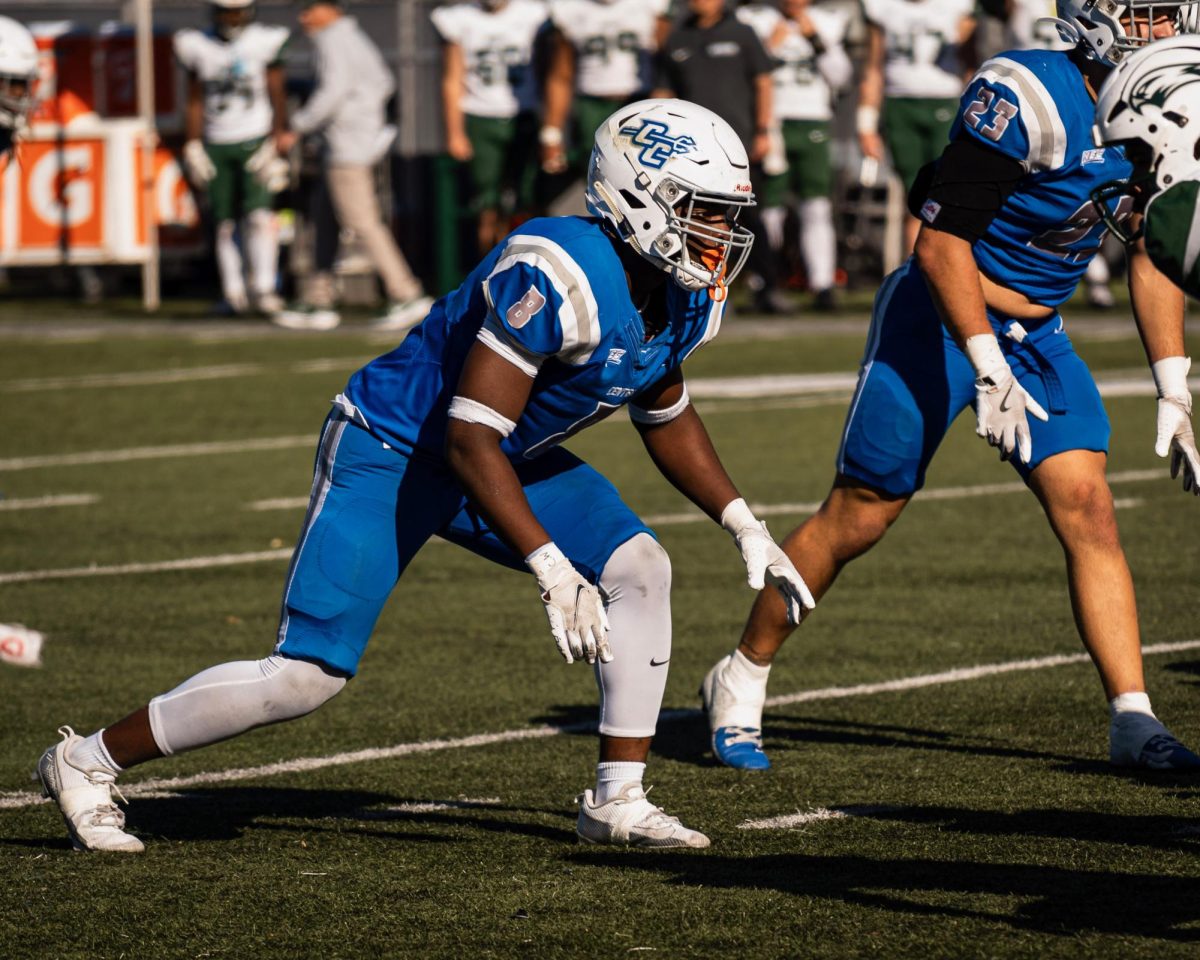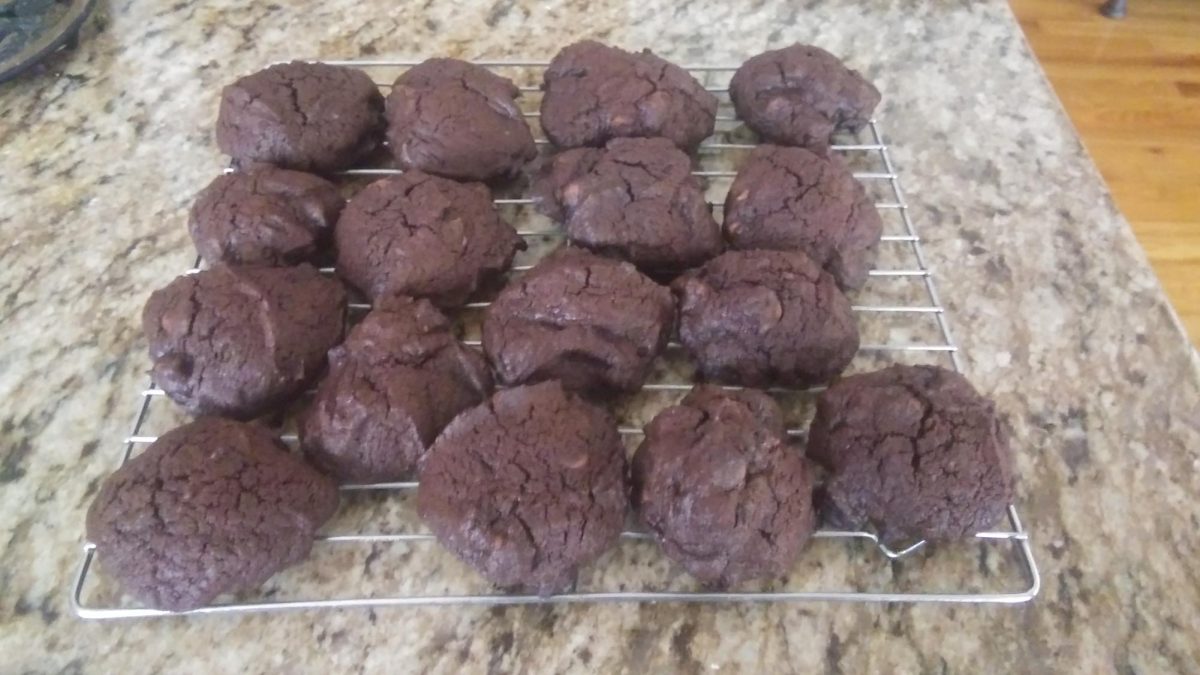NCAA athletes know how to train hard and compete harder — but ask them what their next meal is, and most of them might hesitate.
Collegiate athletes push their bodies to the limit while also juggling their classes, social life and other responsibilities. More importantly, they neglect their nutritional needs while playing the balancing game.
Former Division III NCAA swimmer Amy Mamica said she hit a physical low point more than once during her collegiate career because she didn’t prioritize her nutritional needs.
She practiced five to six times per week while majoring in biology at the University of Saint Joseph in West Hartford.
“It’s a full-time job and super challenging to balance the workload that we get, especially being a STEM major,” Mamica said. “Sometimes I wouldn’t eat the healthiest meals with enough calories or nutrition. I would just snack all day, then feel super weak at practice to the point where I couldn’t make the times that I needed to make in meets.”
Registered dietitian Cassandra Forsythe said if student-athletes don’t fuel properly, they’re putting themselves at risk of developing numerous long-term health problems, such as decreased bone mineral density and, for female athletes, the loss of a regular menstrual cycle.
“They’re not going to be the best athlete they want to be if they’re not fueling properly,” Forsythe said. “Their bodies are machines, and you want to put the right fuel in them.”
NCAA swimmers often train twice a day, with sessions lasting anywhere between one and a half to three hours, including both swimming and dry-land training. In Mamica’s case, female swimmers burn between 2,800 and more than 4,000 calories per day during intense training.
“Remembering to fuel right wasn’t always my main priority,” Mamica said. “It was mostly getting my schoolwork done or making sure I could make it to practice.”
A study published by the National Library of Medicine involving 331 NCAA Division III athletes revealed a mean nutrition knowledge score of only 36.9 percent. Athletes who had completed a college-level nutrition course scored higher than those who had not. Despite this, most athletes rated registered dietitians as “extremely knowledgeable,” yet relied more on sources like social media, coaches and athletic trainers for nutrition information.
NCAA guidelines strongly encourage the inclusion of sports nutrition professionals within athletic programs, but there is no legal requirement for schools to employ a sports nutritionist.
Mamica and her teammates had support from the USJ athletic department staff, coaches and sports nutritionist Kaneen Gomez-Hixson.
“It’s required for all athletes to attend a presentation with the sports nutritionist to teach us how to fuel before, during and post practice,” Mamica said.
They also receive pamphlets with infographics, meal ideas and additional information after the presentation.
Mamica’s typical in-season day of eating consisted of more calories than she was ever used to consuming.
Juggling multiple science courses as a biology major demands brain power.
“I had to feed not only my body, but my brain too,” Mamica said. “You have to listen to what your body needs and eat meals with all the macros.”
She said being an NCAA athlete made food much more important to her. She relied heavily on eggs and bagels in the mornings, snacks with sugar before practice, and meats, carbs and vegetables in the evenings after practices.
“After practice, I’m so hungry. Anything I can find, I’m going to eat,” Mamica said.
Forsythe emphasized the importance of nutrition resources for athletes and that bringing in professionals to speak about proper fueling habits one-on-one with the athletes is extremely helpful.
“I think MyPlate is the best and most comprehensive,” Forsythe said. “Swimmers need a lot of food, but their choices aren’t always the greatest.”
MyPlate is a visual roadmap to guide athletes toward a more balanced meal. It includes half fruits and vegetables for vitamins and recovery, a quarter lean protein for muscle repair and a quarter of whole grains for energy.
The chaos of balancing athletic demands with classes feels more manageable when their bodies are fueled properly. It’s not about perfection but more about giving the body what it needs to perform, recover and stay strong, one plate at a time.
Strength begins with what’s on the plate — not what’s in the weight room.

